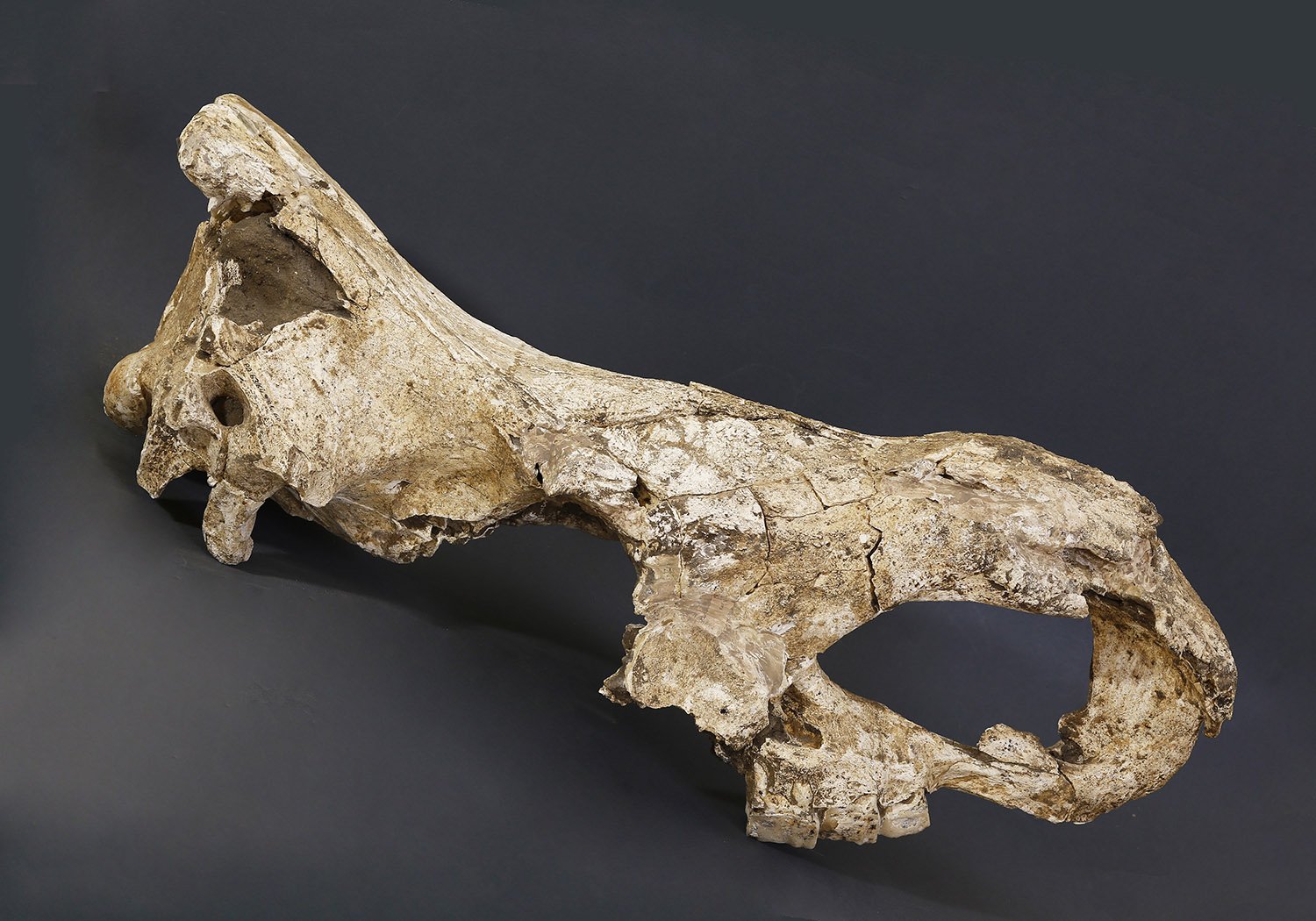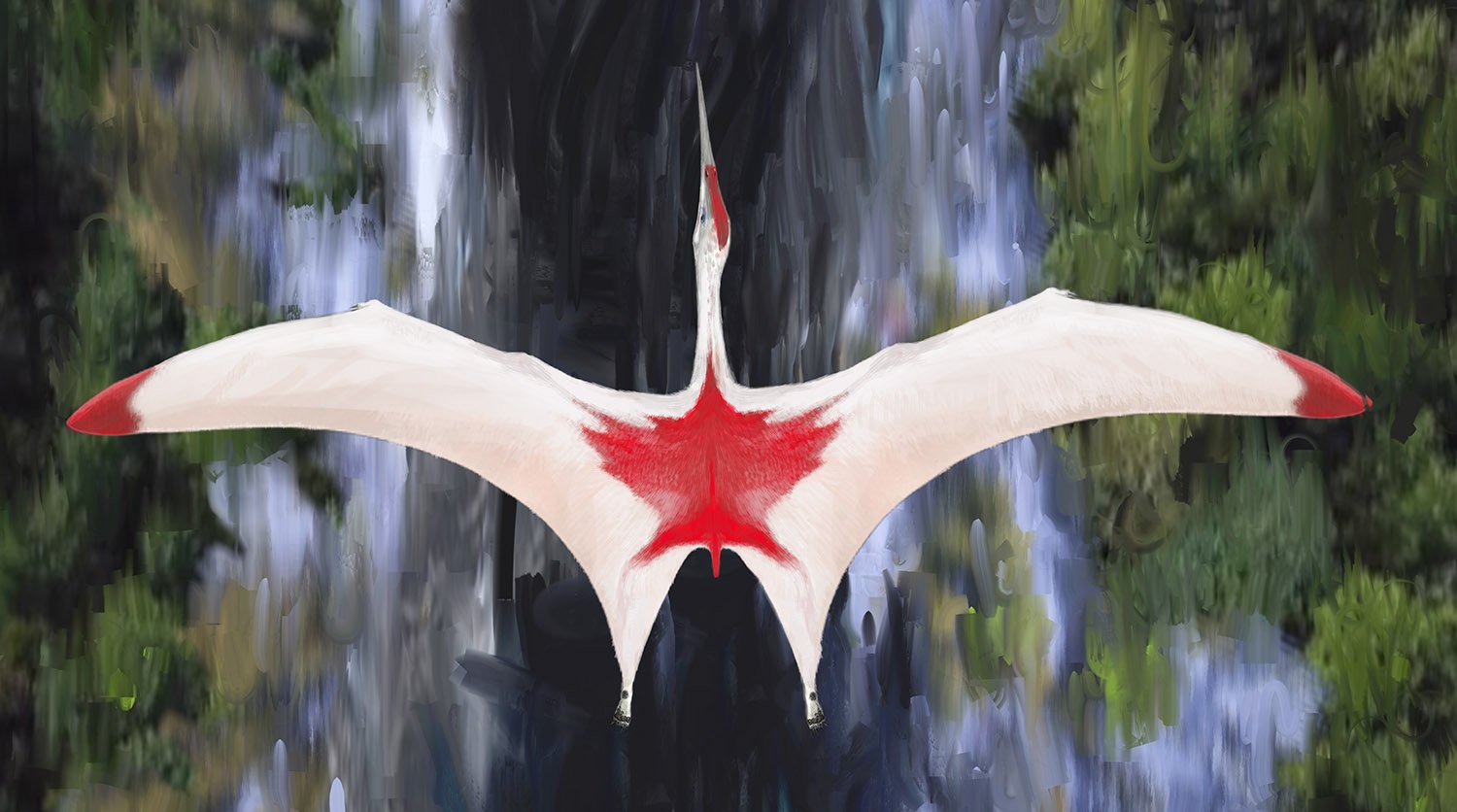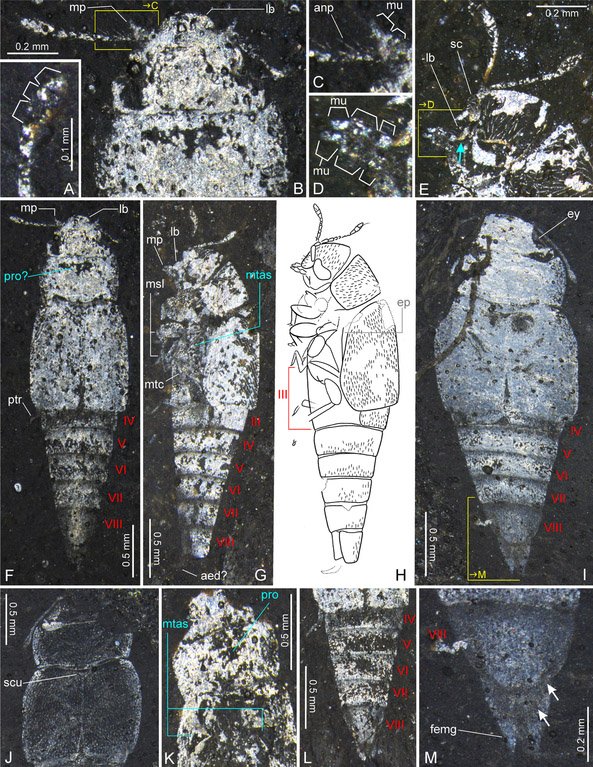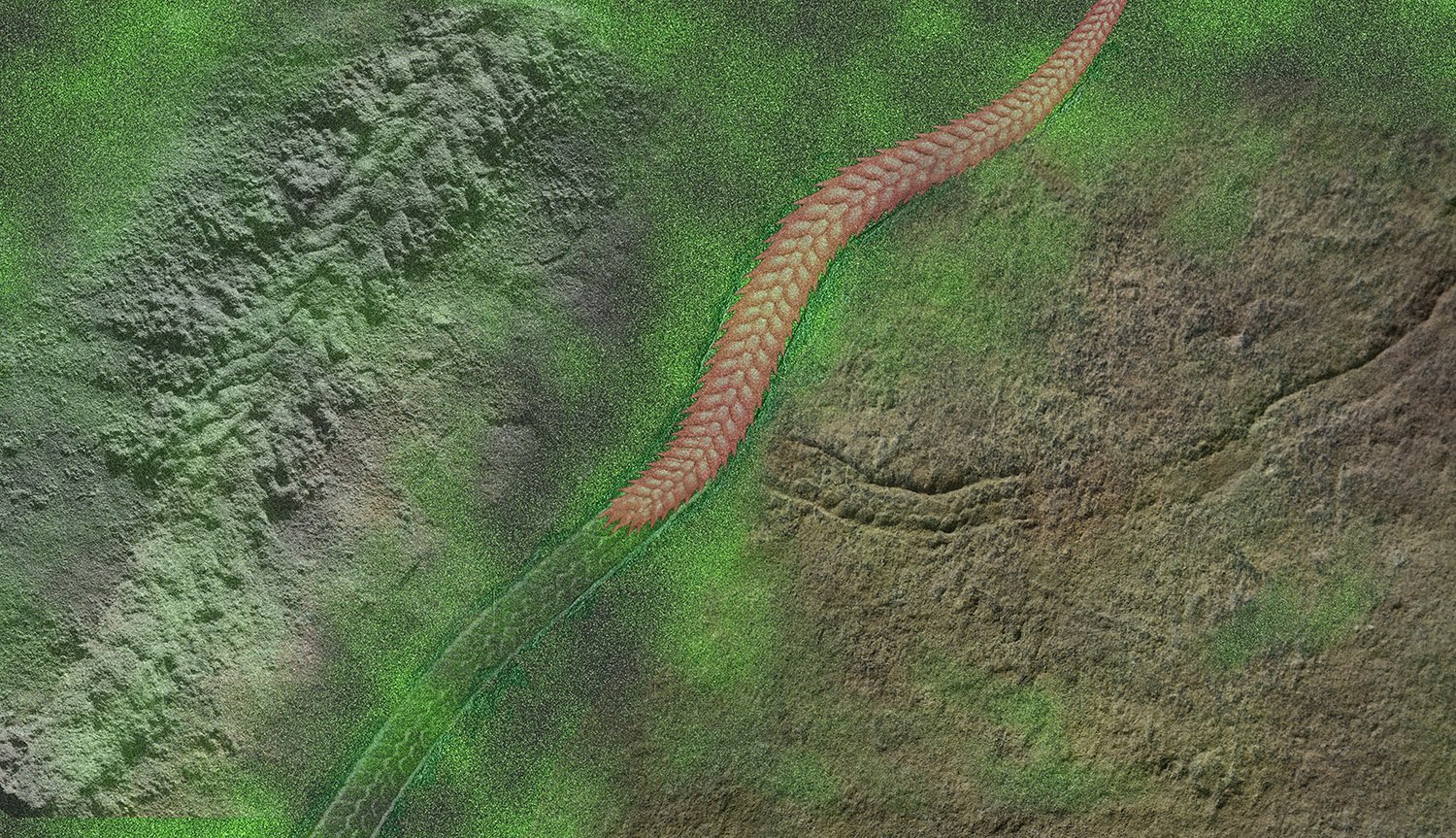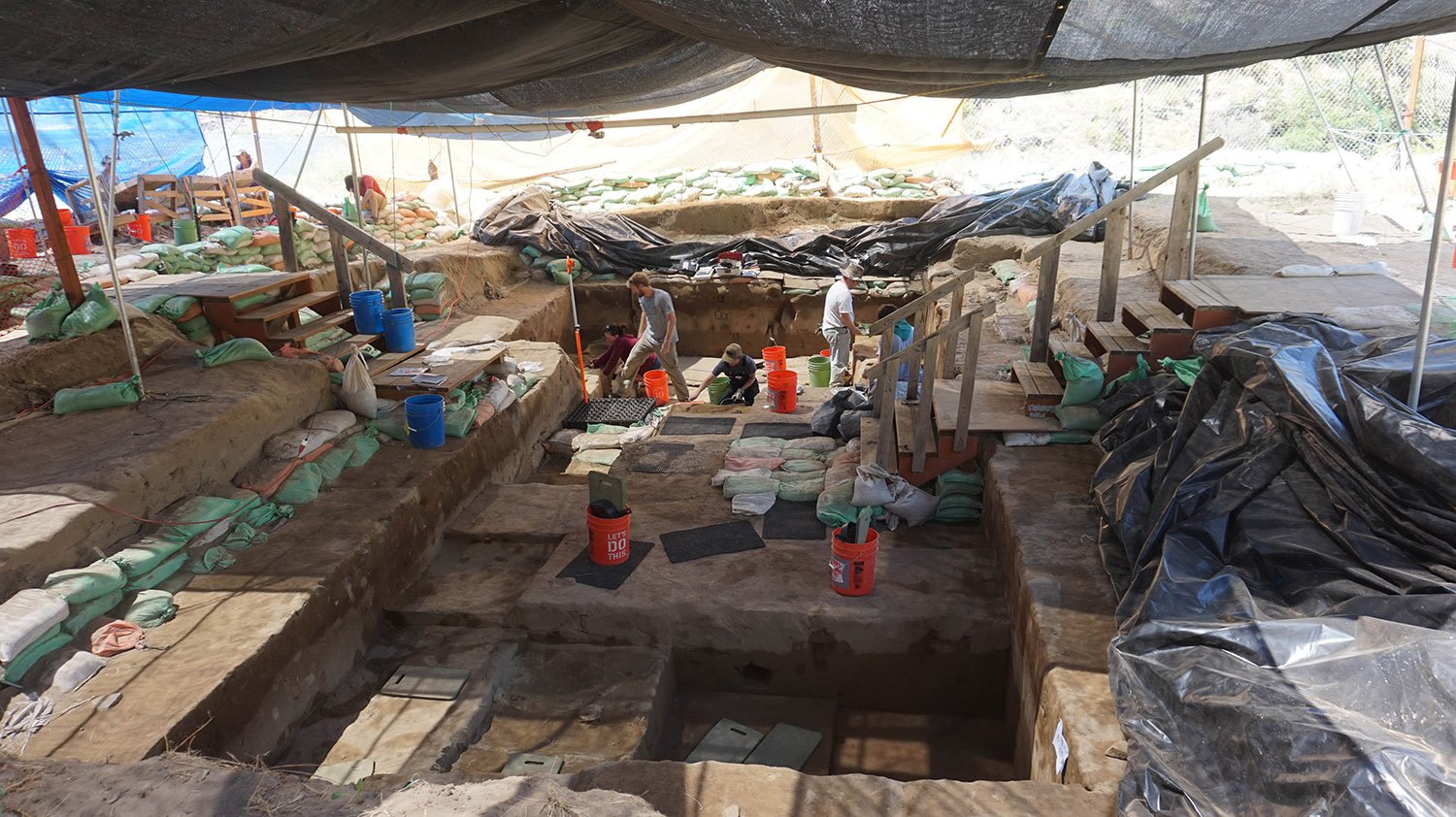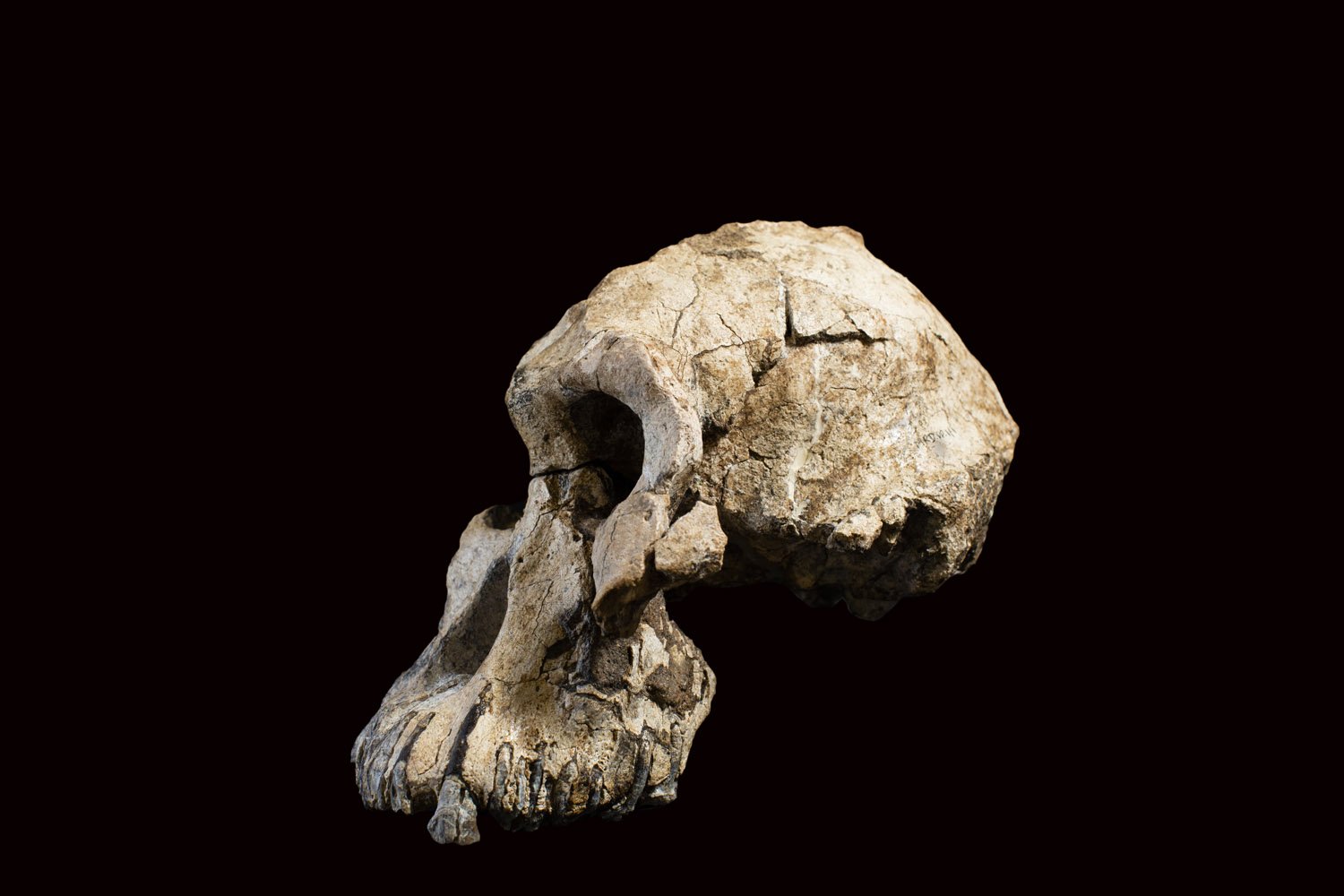‘Game-changing’ research could solve evolution mysteries
An evolution revolution has begun after scientists extracted genetic information from a 1.7 million-year-old rhino tooth – the largest and oldest genetic data to ever be recorded. Researchers identified an almost complete set of proteins, a proteome, in the dental enamel of the rhino and the genetic information discovered is one million years older than … Read more
